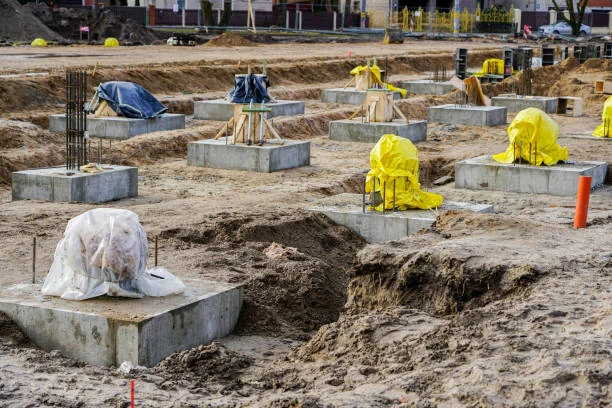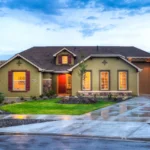A stable site does not start with concrete. It starts with ground that behaves. Before cabins, steel and services, you need clean formation, a sound sub-base, and tools that match the conditions under your feet. Early choices set the tone for the whole job. If your first passes are weak, you will keep fighting settlement and patch repairs. But if they’re strong, everything that follows automatically becomes much easier. To get that, you need to focus on planning for drainage, access, material, testing, and the compaction kit you will lean on, including plate compactors.
Curious? See this related post for more expert tips and insights.
Read the ground before you move it.
Walk the site when it is dry and again after rain. Note fall lines, soft spots, buried obstructions and where the plant will actually turn. You should even dig a few trial holes at different points to check depth.
If the job involves cutting and filling, you should plan haul routes according to your site’s needs. And remember to mark stockpile areas on high ground, not in the low point, because you’ll need that part later as a sump.
Manage water from day one.
Water is one of the main reasons that good bases fail, and you should focus on managing it from day one. That means cutting temporary swales to a single low point, which you can easily control, and creating a small sump with a geotextile wrap to keep silting out of your pumps.
Remember to keep falls simple and continuous. If you’re building up on wet ground, you’re risking locking water under your new layers, which can lead to many issues. So, let the formation dry, then place a separator geotextile so fines stay where they belong, and then you can get cracking.
I know that none of this sounds very glamorous, and it’s not. But it is what stops wheels sinking in week three.
Choose the right sub-base!
You don’t just want what’s readily available or easy to access. For a solid and steady foundation, you need to use a well-graded mix that knits together. Too many fines, and it’ll hold water, so make sure you check for that and keep it balanced.
And yes, reusing material is tempting for your pocket, and it’s always recommended. But recycled aggregate will only work if it’s clean and consistent. If you have to bring in multiple loads, you must keep them segregated until you check the grading on each one. Only combine it once all that is done.
And when it’s time for laying the ground, you need to be very precise. Lay in thin, even lifts that can be compacted easily. Thick, lumpy layers may look faster, but they’ll definitely cost you later.
Speaking of compacting, you also need to see what tools to use where. Areas like kerb lines, manholes, corners, and ducts all need extra care. This is where you’d want to use good plate compactors. These compactors are light, quick to deploy, and ideal for stitching edges so they don’t unravel later.
Air, tools, and clean lines
Many early tasks on a worksite rely on consistent flows of air, like breaking, blasting, spraying, seating tyres, and running valves. And wet air will ruin all of it, so you need to do everything to avoid that.
Here’s where the compressed air dryer comes in, which helps dry your air and make sure all condensation is out. When you’re working, keep the dryer close to the point of use and drain receivers daily, making sure that the water has somewhere to go.
It is a small box that takes up little space, yet it removes one of the most common causes of slow, sloppy output.
Keep the base clean while you build.
Mud on the surface is not just ugly or displeasing to look at. It’s also a big issue for everything that lands on top. So, make sure you’re sweeping your site often. In fact, use a vacuum sweeper if you can. Just make sure you don’t let grit into the finished sub-base.
If rain is due and you’ve got a vulnerable patch, cover it as soon as possible. After all, tarps are much cheaper than ripping out a day’s work.
Power that holds your plan together.
Foundations aren’t just soil and stone. They’re also the steady services that keep pumps, lights and tools alive while you shape the ground. If the supply is flaky, everything slows and quality slips. You want power that is steady and moves with the work. That is where a well-sized diesel generator plays an important role. You’ve got all the power you need, and you can control and balance its supply too, based on the site’s needs.
A stable base on the ground needs a stable base in supply, and on a live job, that means a reliable source of power, first and foremost.
Don’t miss our featured post—top picks for your success.






